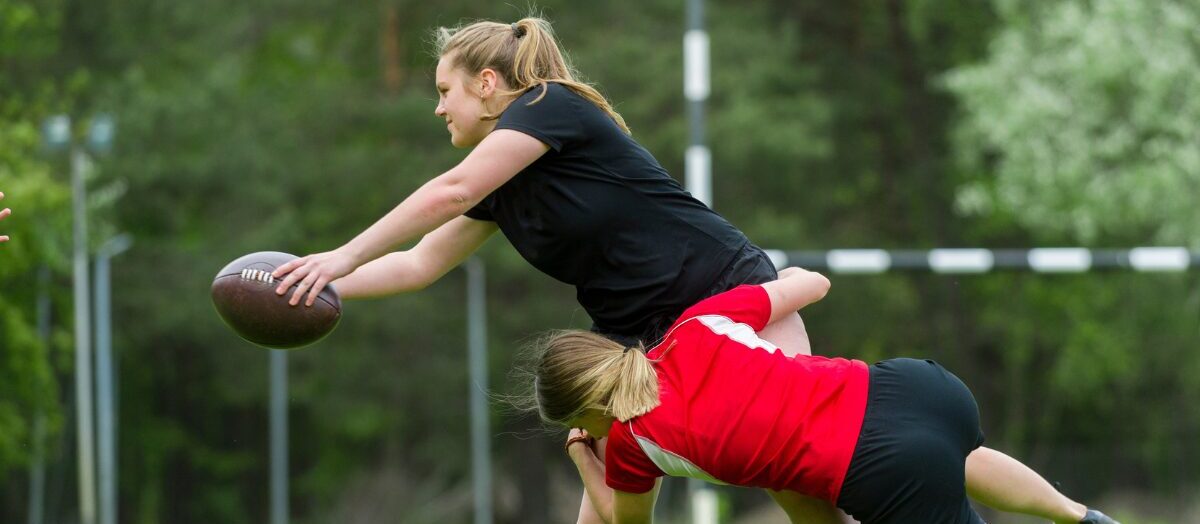
This in-depth case study provides a window into the perceptions of junior players, their parents, coaches and leaders in one rugby club regarding concussion symptom self-reporting and removal of youth participants from play. The findings provide insight to common and contrasting views within a community sport club around this aspect of safe sport, with implications and recommendations for ensuring shared responsibility for effective concussion management.
The case study may prompt you to reflect on what is happening in your own club or sport and to think more critically about the:
1. knowledge and education people have around concussions
2. factors that influence decision making when it comes to concussion self-reporting
3. role of the coach in concussion reporting
4. importance of policy and protocol updates
The Issue
Despite ongoing advocacy and education about the nature and risks of concussion, youth sport participants continue to hesitate or even choose to not disclose when they may be experiencing concussion symptoms in their sport settings.
As part of a larger research project, we summarized the variety of personal, social and cultural reasons why youth athletes would not indicate they are hurt. These include: (1) being unsure whether it’s a concussion, (2) wanting to keep playing and not sit out (3) not wanting to let others (for example, teammates, coaches, parents) down, and (4) feeling pressure to ‘tough it out.’
Research indicates that youth athletes are more likely to self-report if they: (1) are a girl, (2) have had concussion education (multiple sources and time points), and (3) play in a participant-centred environment where the participant and their wellbeing are prioritized.
These influential factors highlight the important role played by others in the likelihood of youth sport participants self-reporting (or not) a possible concussion. Our findings reinforce how important it is to understand the context in which youth sport participants feel challenged, and supported, to speak up when they might have concussion symptoms and be removed from play if appropriate. These are critical aspects of effective concussion management.
The Case Study
To learn more about this topic, we conducted a case study of one Ontario rugby club, including conversations with players, parents, coaches and club leaders associated with the club’s junior programs. The purpose of the case study was to understand their perceptions of junior players self-reporting (or not) possible concussion symptoms when they occur, and their removal from play. We also wanted to better understand the role of the coaches and the club itself in addressing self-reporting and concussion management.
Through one-on-one interviews, five junior aged players (male and female, between 13-17 years of age), six parents, one coach, and three club administrators shared with us their understanding of concussion, influences to junior players self-reporting and coaches removing them from play, and how coaches and the club could better support these practices.
Concussion Management in the Club Context
Rugby in Canada has a long history dating back to the 1850s and remains popular among sport participants of all ages from coast to coast. The national sport governing body for rugby, Rugby Canada, requires all participants to comply with Rugby Canada Concussion Guidelines and World Rugby’s Recognize and Remove protocols. Further, in Ontario, the sport of rugby falls under the purview of the Blue Card system. Introduced by Rugby Ontario in 2021, it is a process implemented by a match official (or designate) identifying a player who needs to be removed from the field of play due to a suspected concussion. The official or designate will submit a Blue Card Report in an automated online platform triggering a process to ensure the correct return to play protocols are followed.
The club we focused on had several concussion-related resources linked on its website at the time of the study including, but not limited to, education and protocol resources from World Rugby, Rugby Canada, and the Government of Ontario (Rowan’s Law). Member registration with the club requires completion of a Participation Agreement by an adult member or an adult for a minor or junior players. It includes acknowledging that the signees “have read, understand and agree to comply with the Ontario concussion Awareness Resources and Rugby Ontario Concussion Code of Conduct.” A link to these age-specific resources is provided in the online registration form, however it is important to recognize that a box can be ticked without accessing the resources. Notably, the awareness resources and concussion code were not on the club’s website.
Perceptions of Concussion Management in a Rugby Club (Junior Programs)
The interviews generated valuable insights to the study participants’ perceptions of self-reporting and removal from play aspects of concussion management in in the context of junior club rugby.
Awareness/understanding of concussion
The players, parents, coach, and club leaders all understood concussion to be a brain injury, noting that symptoms could include headache, dizziness and nausea, and may not manifest right away. Parents believed that their children learn about concussion in school as dictated by Rowan’s Law in Ontario.
Why do/would junior players speak up when they are hurt?
All study participants believed that players would let someone know they are hurt if the impact to their head and/or the symptoms they were experiencing were serious or severe enough to come off the field. Additionally, parents believed that if the injury is “scary” or the player is “really, really hurt” they will self-report.
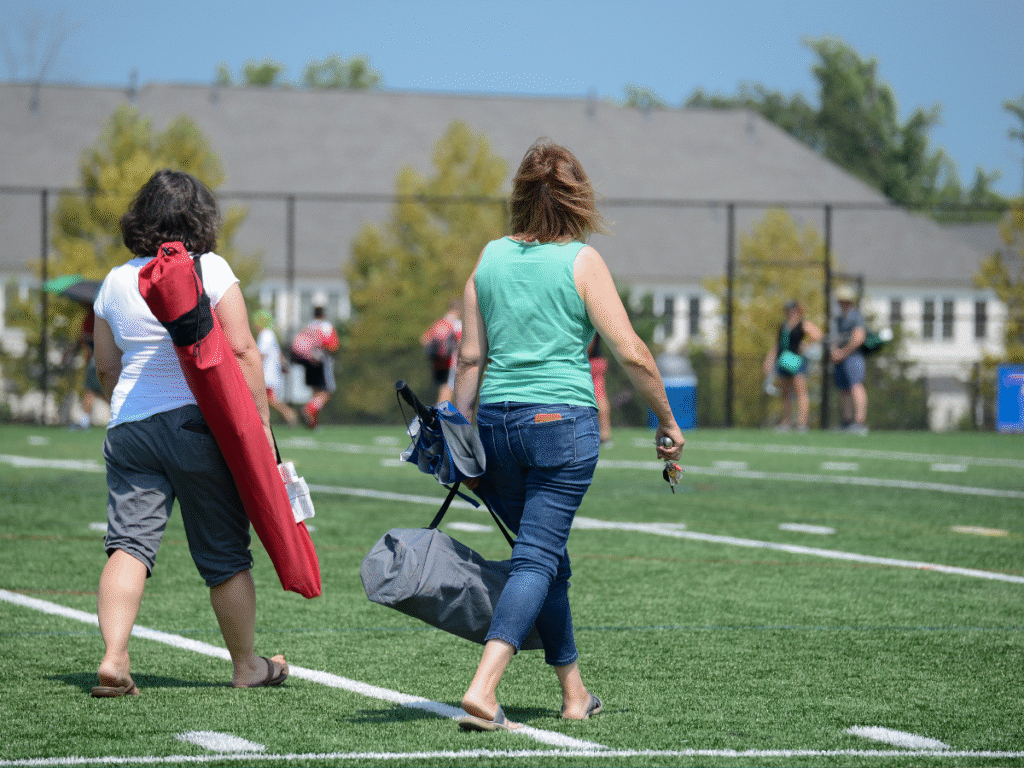
Why don’t/wouldn’t junior players speak up?
Here, the players, parents, coach and club leaders differed somewhat in their perceptions. All the study participants agreed that players do not or would not self-report symptoms because of their desire to keep playing (often framed in relation to “they love the game”) and/or if they perceived the injury as not that serious. Parents also suggested that the Blue Card program may negatively influence self-reporting because it is very direct about the removal and return to play protocol and junior players know they will be sidelined for a while if they disclose that they are hurt.
The players also perceived that junior rugby athletes would not self-report an injury out of fear of letting their coach, teammates or parents down if they were to do so. In contrast, parents and the coach believed that players would not self-report in order to avoid appearing weak in front of others.
These findings highlight some important differences in perceptions about why junior players would not self-report when they may have concussion symptoms.
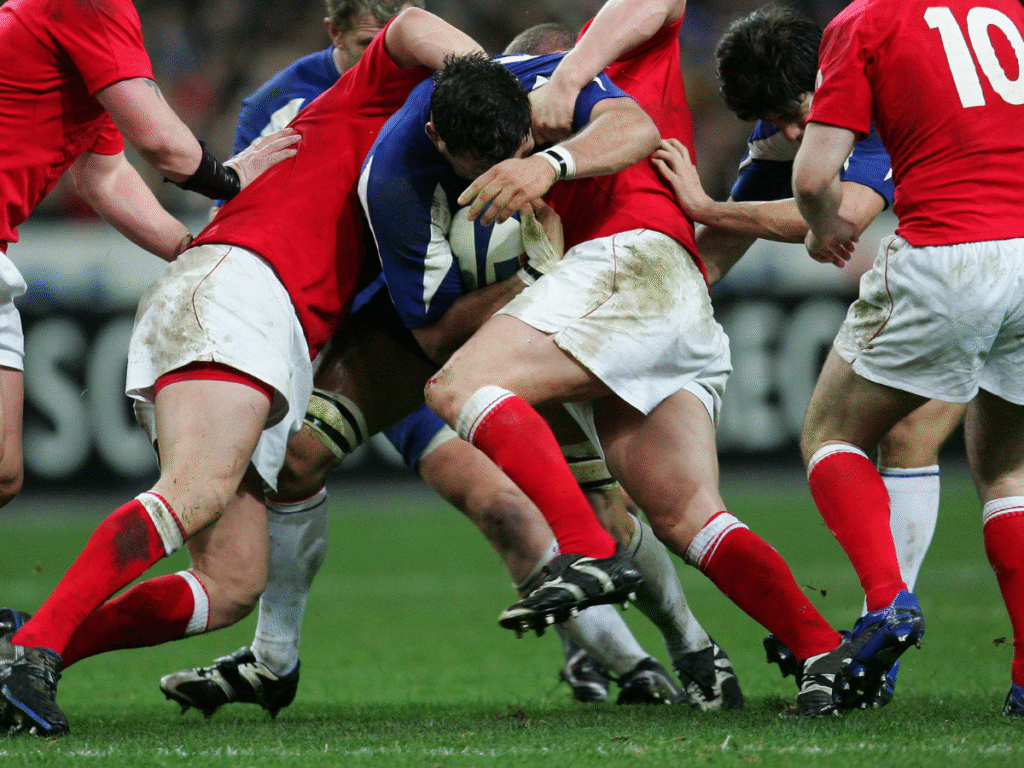
Why don’t/wouldn’t coaches remove a player with symptoms?
Study participants were asked to reflect on a situation where a coach did not or would not remove a player with suspected concussion. The players could not give an example of such a situation, however they could imagine a coach not stepping in if they want to win badly enough and are counting on the potentially injured player. Parents felt more strongly that coaches would not speak up and remove a player because of a desire to perform well and to win. They felt that a coach’s ego could override proper concussion protocol. The coach and club leaders believed that a coach may not act if they are uncertain or unaware about the severity of the symptoms, which is consistent with past research.
Do coaches promote players self-reporting?
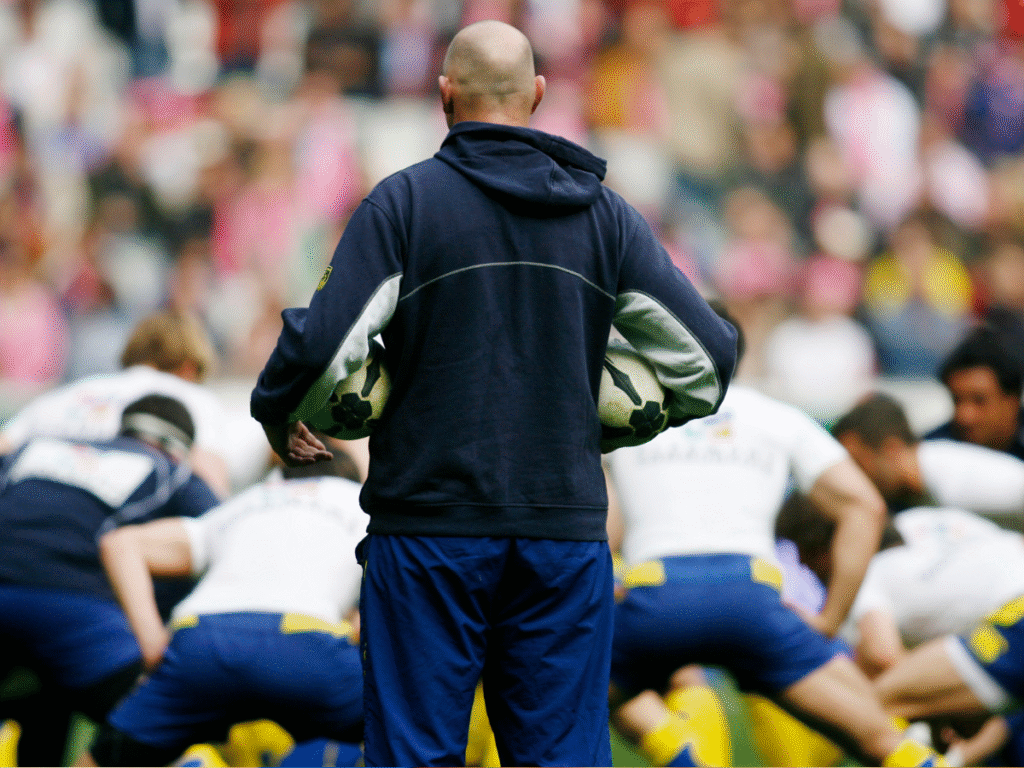
Junior players and parents perceived a range of action by coaches. For example, junior players shared that some coaches promote speaking up when hurt whereas others focus only on concussion prevention (e.g., through technique or style of play). The parents described some junior program coaches as proactive about players self-reporting, while acknowledging that other coaches tend to “gloss over it” and even downplay the seriousness of concussion. Of note, all the parents we spoke with assumed that coaches address managing concussion with the players because of the high-risk nature of the sport yet not all parents were actually sure about whether and what their child’s coach actually addresses with their team. Club leaders perceived that their junior program coaches take the issue of concussion very seriously and follow relevant protocols. However, they noted that there is some variation in how well the coaches do this, and they were unclear about whether players self-reporting is addressed among all club coaches all the time.
Does the club promote players self-reporting?
Overall, the players perceived that the club takes the issue of concussion very seriously. However, the parents who participated in the study were uncertain about what the club is specifically doing in this regard. The coach and club leaders believed that the club is doing a good job in general and is “on top of” the World Rugby and Rugby Canada protocols and training. However, they were unsure whether the club posts or shares information specifically about concussion self-reporting.
What else could the coaches/club be doing?
The junior players believed that the club and coaches are doing a good job around concussion, but suggestions were offered around how the club could improve in the area of concussion management. Players spoke of their desire for more open dialogue about concussion in the club, and for more specific information to be shared at least at the beginning of the season. Parents also called for more communication about concussion management in the club, including more openly acknowledging the risks and challenges of concussion in rugby. They believed that education, training and concussion protocol need to be clear and mandatory for all club members. Finally, the coach and club leaders acknowledged that the club could be more deliberate about communication and awareness building around concussion symptom reporting by players. They noted that such information needs to be tailored to the junior age group.
Key Takeaways for Effective Concussion Management (self-reporting, removal from play) at the Club Level
The findings are specific to one club, however, they provide a valuable platform for sport clubs (in a variety of sports), related organizations (e.g., provincial/territorial and national sport and multi-sport), and concussion in sport policy makers and strategists to reflect on the various perspectives of club members. “It takes a village” to effectively manage concussion in youth sport, and should not be left to youth sport participants to navigate their removal from play when concussion symptoms may be experienced. The findings of the case study presented here also provide prompts for clubs to hold up a mirror to what is happening in their own organization, in a few key areas:
1. Be aware of the knowledge that club members (participants, parents, coaches, leaders, others) have about concussion, including symptoms, management, and prevention.
Questions to consider:
a. Is this sufficient knowledge? And, how has each group acquired their knowledge? Are there gaps?
b. Is knowledge consistent across the club or at least among the member groups?
c. What can our club do to promote, and support, more member education (e.g., mandate a certain level of training, provide education sessions and resources)? Are members engaging with and understanding the resources?
2. Be aware of, and ready to address, the range of perceived influences to youth sport participants not speaking up when they may be experiencing concussion symptoms, including different perceptions among club members.
a. Whether youth athletes believe possible concussion symptoms to be “serious enough” is a commonly perceived factor in their likelihood of speaking up or not, across club members.
Questions to consider:
i. What does “serious enough” mean in the context of injury and symptoms?
ii. What are accepted levels of pain and injury tolerance within our teams, and the club? (Personal testimonies may be informative in this discussion.) Do we need to change these norms (e.g., through education, messaging and behaviour)?
iii. Are there different interpretations of seriousness across youth participants, parents, coaches and club leaders? How do we reconcile these?
iv. Check, do youth athletes in the club feel more empowered to speak up following open discussions about this issue?
b. There is also a common perception that youth athletes will be unlikely to self-report potential concussion symptoms because they want to keep playing, and don’t want to be taken out.
Questions to consider:
i. How can teams and the club keep players engaged with the sport and their team, as much as they are able, while they are sidelined through return to play protocols (e.g., assist with team management, stats, fundraising)? This may help them feel they are not being completely “taken out” of the game.
c. Youth sport participants are unlikely to report they are hurt if they feel they would be letting down their coach, parents and/or teammates, but adults may not be aware of this pressure. Adults may be more focused on the norm of toughing it out and not showing weakness as a reason for youth not disclosing an injury.
Questions to consider:
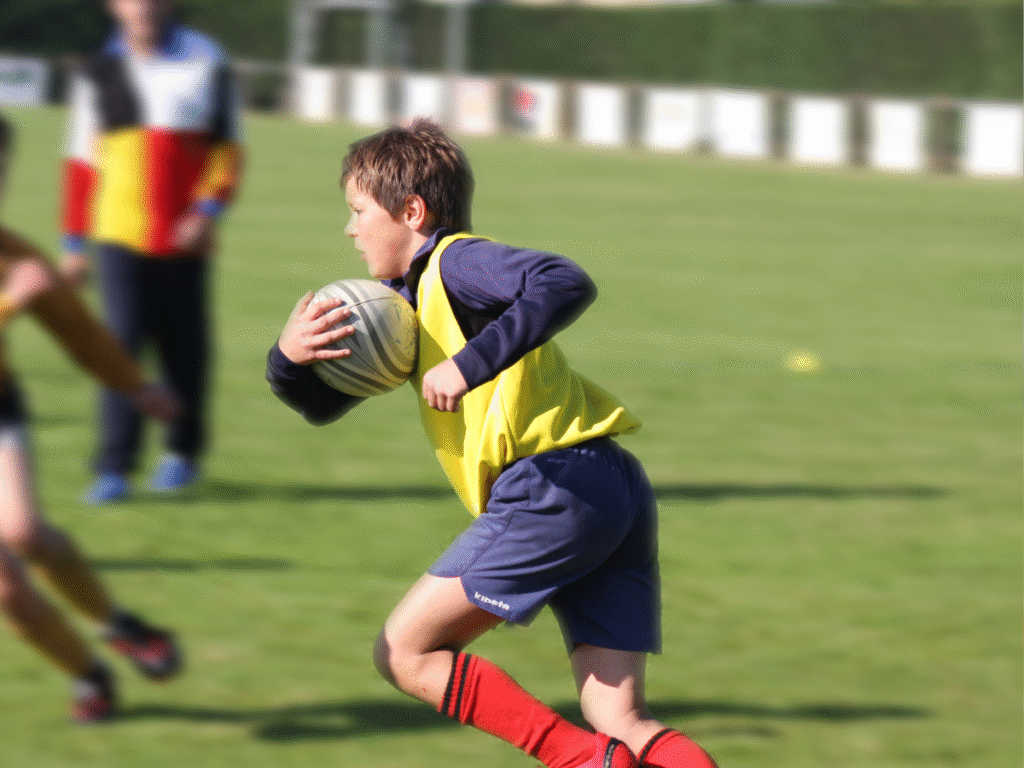
i. What is the pressure like for youth athletes? Also, what pressures may other club members be feeling about athletes not speaking up?
ii. What messaging and practices within our club and within teams promote playing through pain and injury? (These may be subtle.)
iii. How can such barriers to self-reporting be handled in our club (e.g., education, supportive messaging, modelling appropriate behaviour)?
3. Recognize that coaches may fail to remove a youth athlete from play if they are uncertain about the symptoms and their severity. Coaches may also not act if they are counting on the athlete to help win the game, overriding concussion protocol. Further, coaches may not be actively or effectively promoting self-reporting of concussion symptoms among their athletes.
Questions to consider:
What concussion knowledge do our coaches have? Is it consistent across coaches? Where did they obtain this knowledge? What is missing and how can the club help them fill any gap?
a. What (other) challenges, including pressures, do our coaches believe they face in removing youth athletes from play when there may be concussion symptoms?
b. Whose responsibility is it in our club for promoting youth athletes speaking up about potential concussion symptoms? What is the coaches’ role? (There may be several stakeholders who should be responsible for this messaging.)
c. Are our coaches actively (and effectively) promoting concussion awareness and appropriate practices (self-reporting, removal, and return to play protocol)?
4. Review and revise as needed the club’s formal role, responsibility and practices around concussion management, and specifically support for self-reporting and removal from play.
Questions to consider:
a. What is our club doing to actively promote concussion awareness and appropriate practices? Is there deliberate communication and is this reaching all members?
b. What is the availability and content of concussion-related resources on the club website? Is it clear who they are for and why members should engage with the various resources? (Messaging can be tailored to the club, and should be tailored to different athlete age groups.)
c. Is/should be clear and mandatory concussion and protocol education/training for all club members. (And promote and monitor that education/training.)
d. Is there open (two-way) discussion about the issue, by all groups of members? (Make it a comfortable topic to talk about, across the club.)
Acknowledgements:
We appreciate the support of research assistants Calum Doherty, Anna Lee Leblanc and Justin Robar with the case study.
We greatly appreciate the engagement of the rugby club and thank the interview participants for sharing their insights with us.
Funding:
This article draws on research supported by the Social Sciences and Humanities Research Council of Canada